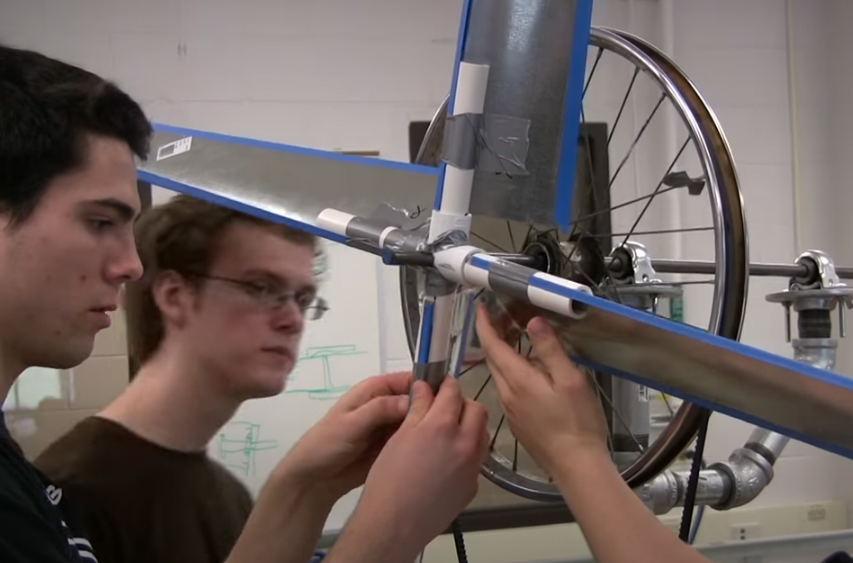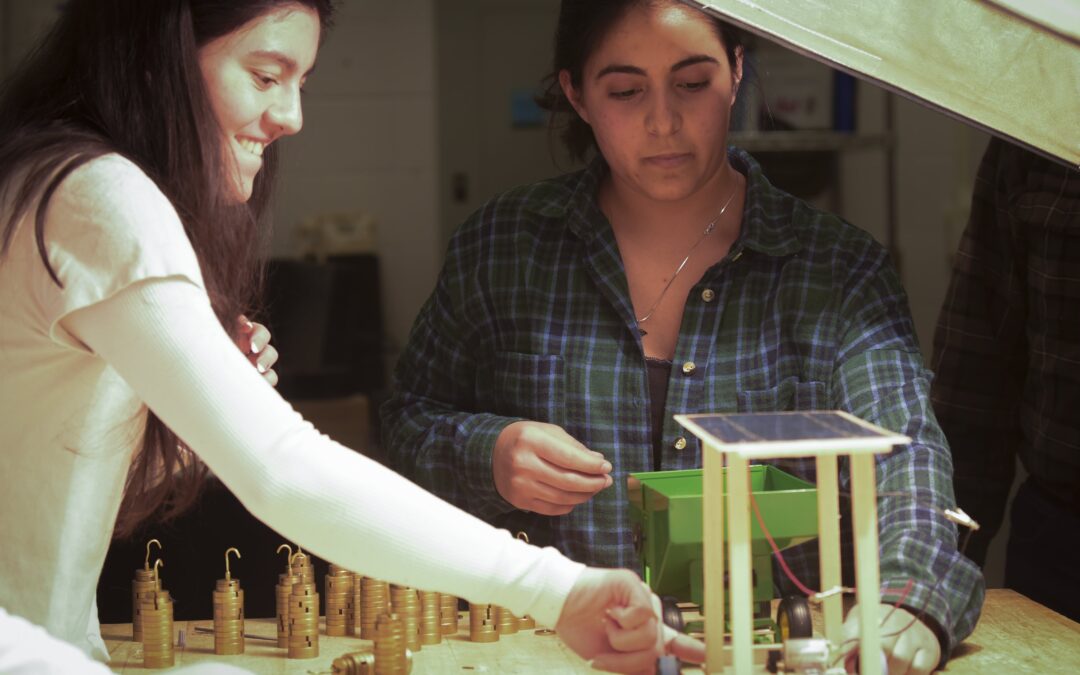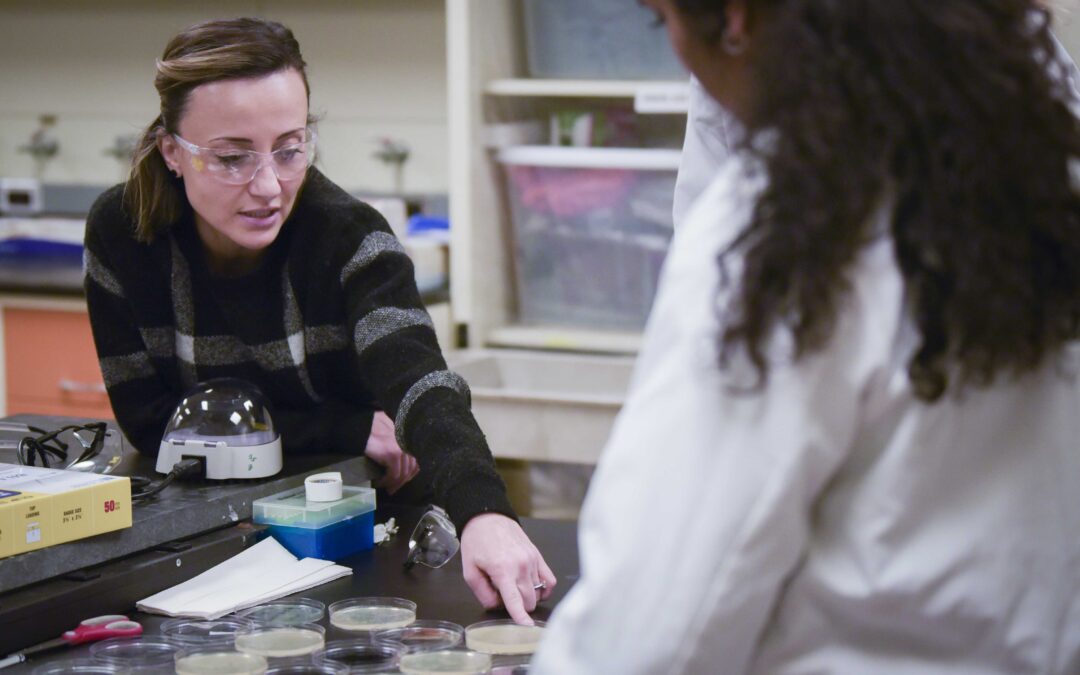
by | Nov 10, 2023
In this course, we will provide a comprehensive introduction to the captivating realm of wearable electronics.This course combines material physics, chemistry, and engineering, based on which we can create wearable electronics that are reshaping the future of renewable energy, healthcare, and soft robotics.

by | May 29, 2023
This section introduces students to the engineering profession by exploring the engineering challenges to using renewable energy as a “green” alternative to fossil fuels. Students learn concepts of renewable energy, culminating in a team-based term project to produce a device that scavenges wind energy to perform a task.

by | May 29, 2023
In this section of ENGR 100, students will learn about solar energy collection and storage, and more generally, about electrical circuits, micro-controllers, wireless technology, and energy/power. The first half of the class will teach concepts in each of these areas, where electrical systems provide information collection, processing, and networking for all engineering fields.

by | May 29, 2023
This section of Engineering 100 introduces fundamental concepts of bioengineering, biotechnology, and chemical engineering, and provides students an understanding of how biological systems can be engineered to solve real-world problems such as the need for renewable energy and affordable medicine.

by | May 21, 2023
“Stone Age,” “Iron Age,” “Silicon Valley” – these terms reflect major aspects of human civilization. From textiles to sugar, to transistors and smartphones – various products have proven critical developments in human history. What materials made them possible? What new industries did they spawn? What new problems did they create? What might come next?





